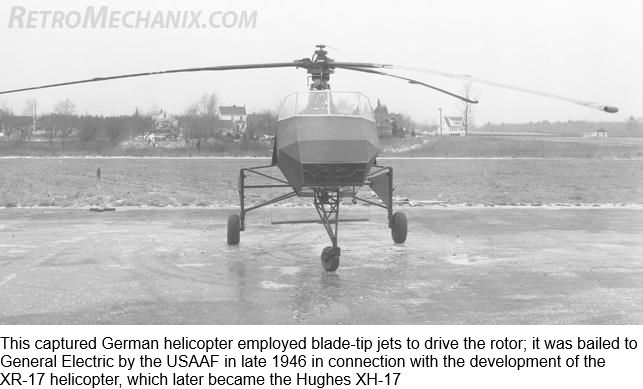
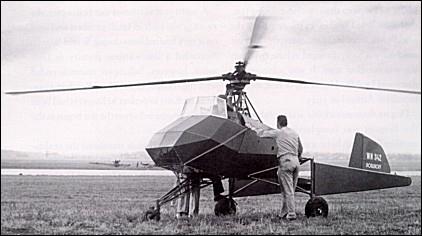
Under the designation WNF 342, the world's first jet-driven helicopters were built by the Wiener Neustadter Flugzeugwerke (WNF) in the suburbs of Vienna, four machines being built representing progressive experimental steps in a research programme instituted in October 1942. This programme was directed by Friedrich von Doblhoff, who had decided to develop a jet-driven helicopter in preference to a mechanically-driven one because of the attraction of simplicity, lack of rotor torque and transmission gear.
The operating principle was to use a conventional piston engine driving a compressor to provide a compressed air supply, which, after mixing with fuel, was fed as a combustible mixture up through the rotor hub and out through the three hollow rotor blades to be burnt in tip-mounted combustion chambers, thereby generating thrust. Each of the first three machines (V1, V2, and V3) was provided with only a small rear propeller to blow air at the tail surfaces for steering, but the last machine (V4) had a second propeller mounted co-axially to provide thrust for forward flight when clutched to the compressor motor. Thus, by gradual development, the rotor jets (which had a high fuel consumption) were only used for take-off, hovering and landing, and the rotor blades turned by autorotation for forward flight in the manner of an autogyro.
For the first three machines, although flapping and dragging rotor hinges were provided, no blade pitch-change arrangement was made since this was not required for early tests, vertical control being provided simply by varying the rotor speed. By the time the WNF 342 V4 was built, however, a most ingenious control method had been devised to provide both collective and cyclic pitch control. Each rotor blade was connected to the rotor head by means of a flexibly coupled tube flanked by steel-strip leaf-type spring straps connected to an upper aluminium alloy casting. This upper casting rotated in a lower fixed casting, a seal being provided between the two, and fuel mixture flowed into this hollow assembly to be piped out to each blade. Passing up through the casting was a hollow fixed shaft which carried a bearing for the upper casting and which was flexibly connected to the helicopter framework. Inside this hollow shaft, a solid shaft rotated in a spherically seated bearing to carry the blade pitch control spider at its head. Thus, angular displacement of this solid shaft tilted the spider to give appropriate cyclic pitch control. For collective pitch control, the spider was connected to the solid shaft by means of a pressure regulator connected to the upper casting (containing the pressurized fuel mixture) by a pipeline. The spider was given a vertical movement according to the mixture pressure opposed by springs within the regulator. In addition, collective pitch was governed by the torsional stiffness of the centrifugally-loaded spring straps. When the pilot moved the throttle control, a rapid increase (for example) of mixture pressure and jet thrust followed by an increase in collective pitch ensued, while the rotor rpm remained constant.
The WNF 342 VI was built and first flown in the spring of 1943 but was superficially damaged the following year during an air raid on Vienna, whereupon the test programme was moved a short distance away to Obergraffendorf. Here, the 60hp Walter Mikron engine was replaced by a 90hp Walter Mikron engine, and general modifications were made to the extent that the machine was redesignated WNF 342 V2. It should be emphasized that the fluid design of the WNF 342 was such that modifications, as dictated by empirical experiment, could be readily catered for. Thus, the basic framework was of all-tubular construction with no refinements, such as fairings, appearing as semi-permanent fittings until the V4 machine, although this machine was by no means intended as the final design. Starting with the V3 machine, increases were made in rotor diameter, and both the V3 and V4 used the extra power of the 140hp BMW Bramo Sh 14A engine to drive the compressor. In all designs, an Argus As 411 supercharger was adapted as a compressor. Before the end of the war, consideration was being given to replacing the compressor system with rotor mounted pulse-jets or even miniature turbo-jets.
Within their limited performance, the V1 and V2 machines flew smoothly enough, but serious vibration manifested itself in the V3 machine and eventually destroyed it. These troubles were eliminated in the last example which behaved well and was very smooth, but although it was hovered for a total of 25 hours, it was not tested in forward flight above 40 to 48km/h before the programme had to be halted. In 1945, Soviet troops approaching Vienna caused Doblhoff’s team to withdraw hastily to Zell am See where the V2 and V4 machines were captured by United States' forces. The WNF 342 V4 has been preserved by the Smithsonian Institution, Washington.

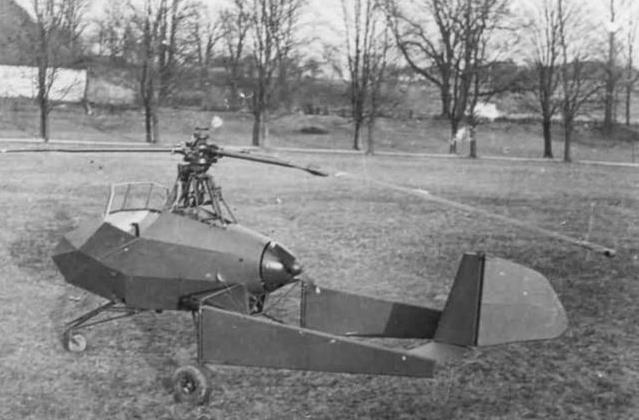
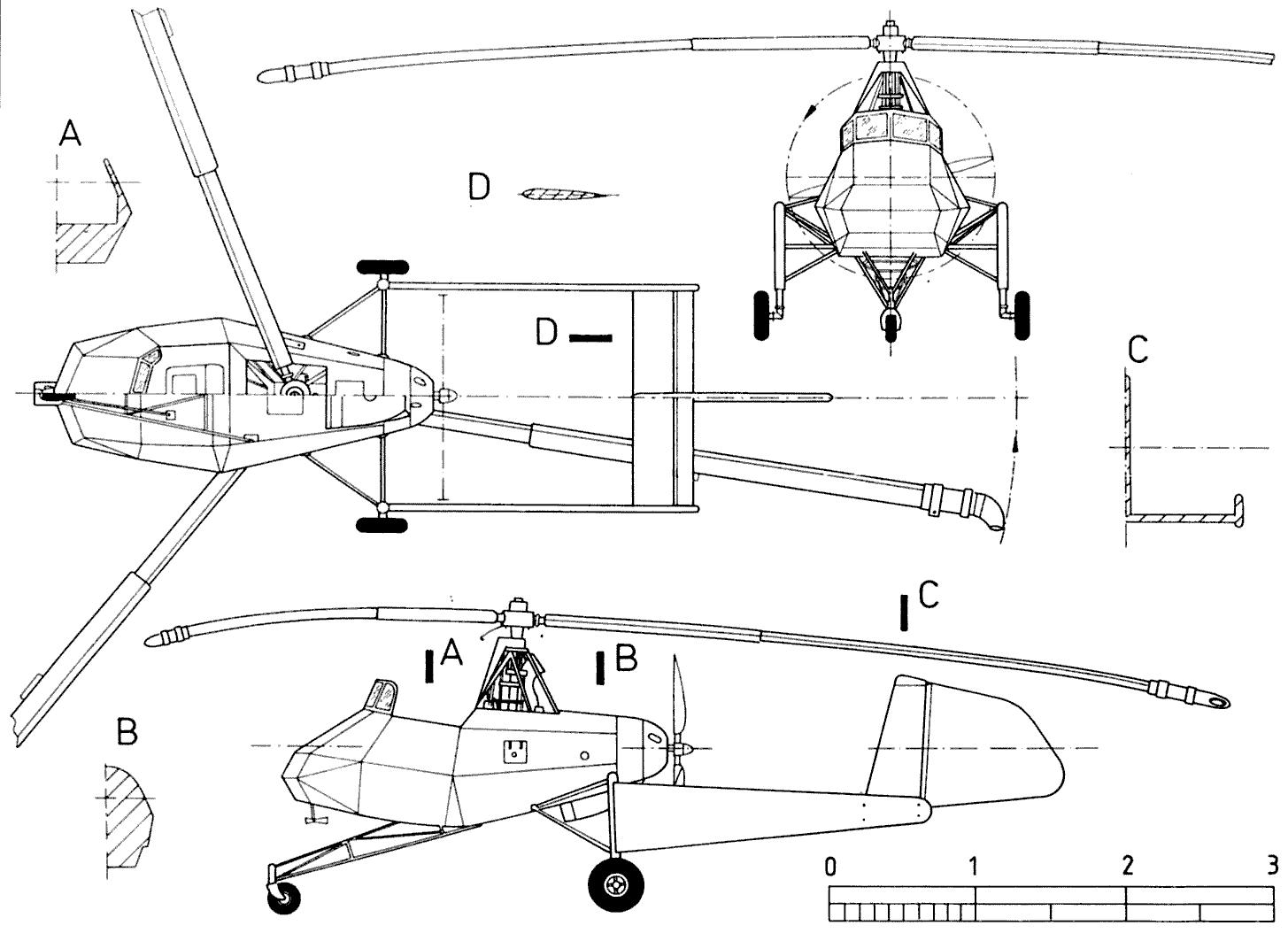
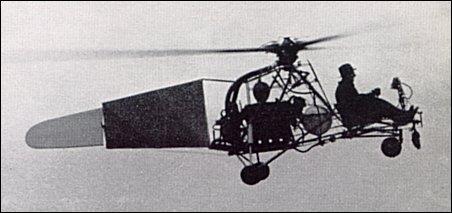
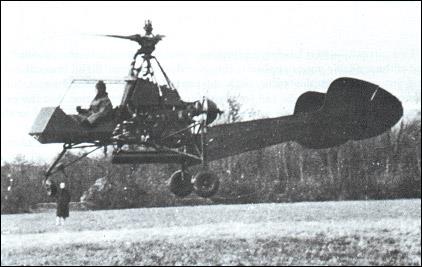
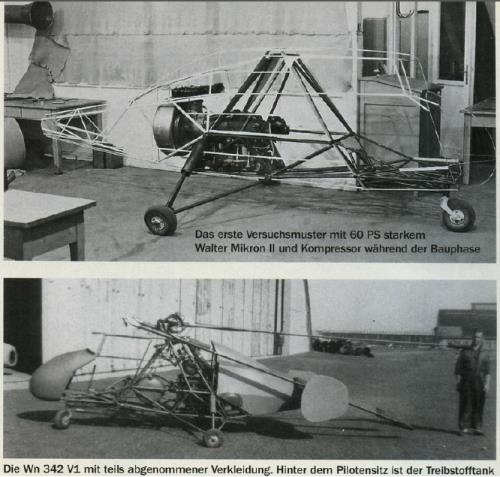
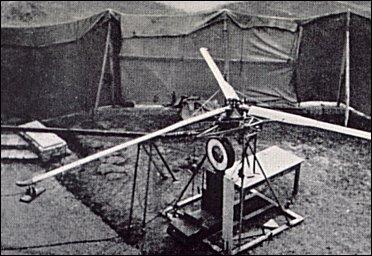
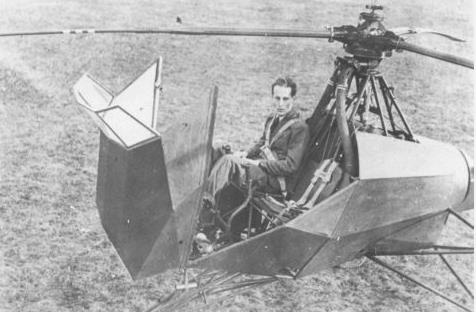
| Type |
2-seat helicopter (data V4) |
| Engine |
1 Siemens-Halske Sh 14A, |
| Dimensions |
Length 5,07 m, height 2,40 m, rotor dia. 9,96 m |
| Weights |
Empty 431 kg, loaded 640 kg , max. take off weight |
| Performance |
Max.. speed 48 km/h |
| Type |
Werk.Nr |
Registration |
History |
| V1 |
|
|
Firts flight spring 1943, damaged in 1944 by a bombraid. 1 Walter Mikron engine |
| V2 |
|
|
Rebuilt V1 with a stronger Walter Mikron engine. Captured by the US |
| V3 |
|
|
Increased rotor dia.. Sh 14 engine |
| V4 |
|
|
Increased rotor dia.. Sh 14 engine. Captured by the US. Presereved |









